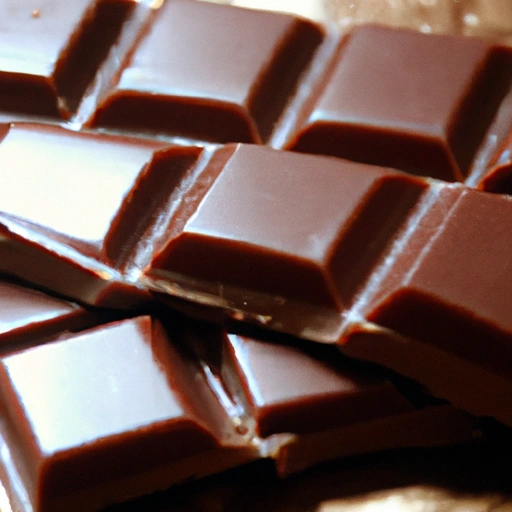Milk Chocolate
Description

Milk chocolate is a beloved confectionery ingredient known for its creamy texture and sweet, rich flavor. It is made from a blend of cocoa liquor, cocoa butter, milk or milk powder, and sugar. The presence of milk softens the intensity of dark chocolate, giving milk chocolate a milder, sweeter taste that has captivated the palates of people around the world. When using milk chocolate in recipes, it's essential to consider the balance between sweetness and the other flavors in your dish. Depending on the recipe, chefs might use ounces (oz), grams (g), cups (c), or tablespoons (tbsp), making it a versatile ingredient in both American and European kitchens.
Common uses
Milk chocolate is commonly used in baking, candy-making, and as a sweet snack. It is a favorite amongst children and adults alike and can be found in a variety of forms including bars, chips, and chunks. Its creamy texture makes it a popular choice for frosting, ganache, and fillings, while its sweetness complements other ingredients like nuts, fruits, and spices.
Nutritional value
Calories
A standard 1-ounce (28g) serving of milk chocolate contains approximately 150 calories.
Protein
Milk chocolate provides about 2 grams of protein per 1-ounce serving.
Fat
Milk chocolate contains about 9 grams of fat per ounce, of which 5 grams are saturated.
Carbohydrates
There are roughly 13 grams of carbohydrates in a 1-ounce serving of milk chocolate.
Vitamins
Milk chocolate contains small amounts of vitamins such as vitamin D and B12 due to the presence of milk.
Minerals
It also provides minerals like calcium, magnesium, and potassium.
Health benefits
While milk chocolate is often enjoyed as a treat, it does offer some health benefits. The presence of cocoa provides antioxidants, which can help neutralize free radicals in the body. Additionally, the milk content contributes calcium and vitamin D, both of which are essential for healthy bones.
Potential risks
Consuming milk chocolate in moderation is key as it is high in sugar and calories, which can contribute to weight gain if eaten in excess. Additionally, it contains caffeine and theobromine, stimulants that may affect sleep if consumed in large amounts before bedtime.
Common recipes
Milk chocolate is a versatile ingredient often found in cookies, brownies, cakes, and mousses. It is also used to make chocolate milk, hot cocoa, and as a topping for ice cream and pastries.
Cooking methods
When melted, milk chocolate can be used for dipping fruits, making chocolate-covered treats, or in fondue. It's important to melt milk chocolate slowly using a double boiler or microwave at low power to prevent scorching.
Pairing with other ingredients
Milk chocolate pairs well with a wide range of flavors including nuts like almonds and hazelnuts, fruits like strawberries and bananas, and spices such as cinnamon and cardamom.
Summary
Milk chocolate is a sweet, creamy confectionery ingredient that enjoys widespread popularity in a multitude of culinary applications. Its rich history and versatile nature make it a timeless favorite in kitchens worldwide. Whether used in baking or as a delectable treat on its own, milk chocolate continues to delight taste buds with its luscious flavor and texture.